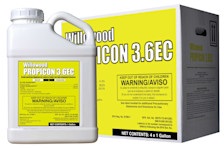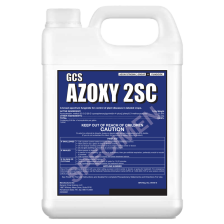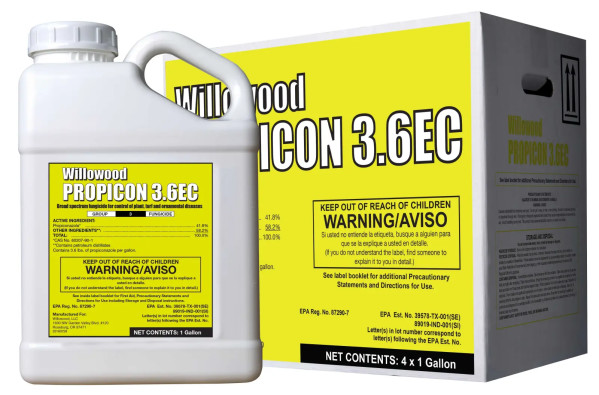How to Identify Stem Canker
Identifying Stem Canker involves observing specific symptoms on the plants. Here are detailed steps to identify Stem Canker:
1. Field Symptoms
Patchy Distribution: Similar to Brown Stem Rot, Stem Canker often appears in patches within a field rather than uniformly distributed.
2. Stem Symptoms
Cankers on Stems: The most characteristic symptom is the presence of cankers on the stems. These cankers are elongated, sunken, and dark brown to black in color.
Location of Cankers: Cankers typically develop at the nodes (where leaves attach to the stem) and can extend up and down the stem. In Northern Stem Canker, cankers are usually found on the lower part of the stem, while in Southern Stem Canker, they can be found higher up.
Girdling: As the cankers enlarge, they can girdle the stem, cutting off the flow of water and nutrients, which can lead to plant death.
3. Leaf Symptoms
Interveinal Chlorosis: Leaves may show interveinal chlorosis (yellowing between the veins) and necrosis (dead tissue), which can be mistaken for other diseases or nutrient deficiencies.
Wilting and Death: In severe cases, the entire plant may wilt and die, especially if the stem is girdled by the canker.
4. Root Symptoms
Healthy Roots: Unlike some other diseases, the roots of plants affected by Stem Canker often appear healthy, which can help differentiate it from root rot diseases.
5. Timing of Symptoms
Mid to Late Season: Symptoms typically appear from mid-season to late-season, often during the reproductive stages (R3 to R6).
6. Environmental Conditions
Warm, Wet Conditions: Stem Canker is more prevalent in warm, wet conditions, which favor the growth and spread of the fungus.
7. Laboratory Confirmation
Microscopic Examination: For definitive diagnosis, samples can be sent to a plant pathology lab where the fungus can be isolated and identified under a microscope.
Management Tips
Resistant Varieties: Planting resistant soybean varieties is the most effective way to manage Stem Canker.
Crop Rotation: Rotate soybeans with non-host crops like corn to reduce the pathogen load in the soil.
Field Sanitation: Remove and destroy infected plant debris to reduce the source of inoculum.
Fungicide Application: In some cases, fungicides may be applied as a preventive measure, especially in fields with a history of Stem Canker. Always follow label recommendations and consult with an agronomist for the best timing and product choice.
If you suspect Stem Canker in your field, it's crucial to take action promptly to manage the disease and prevent further spread.




